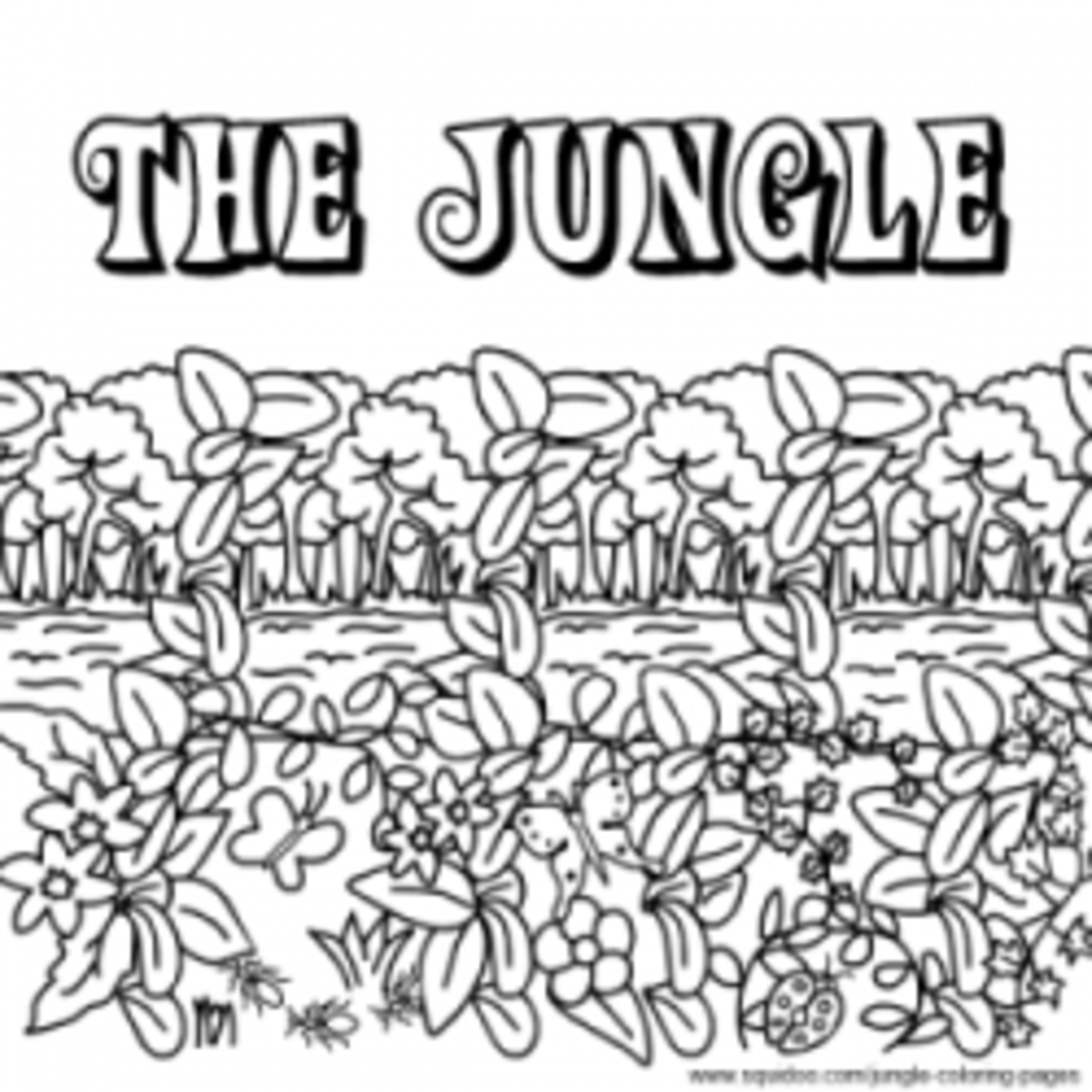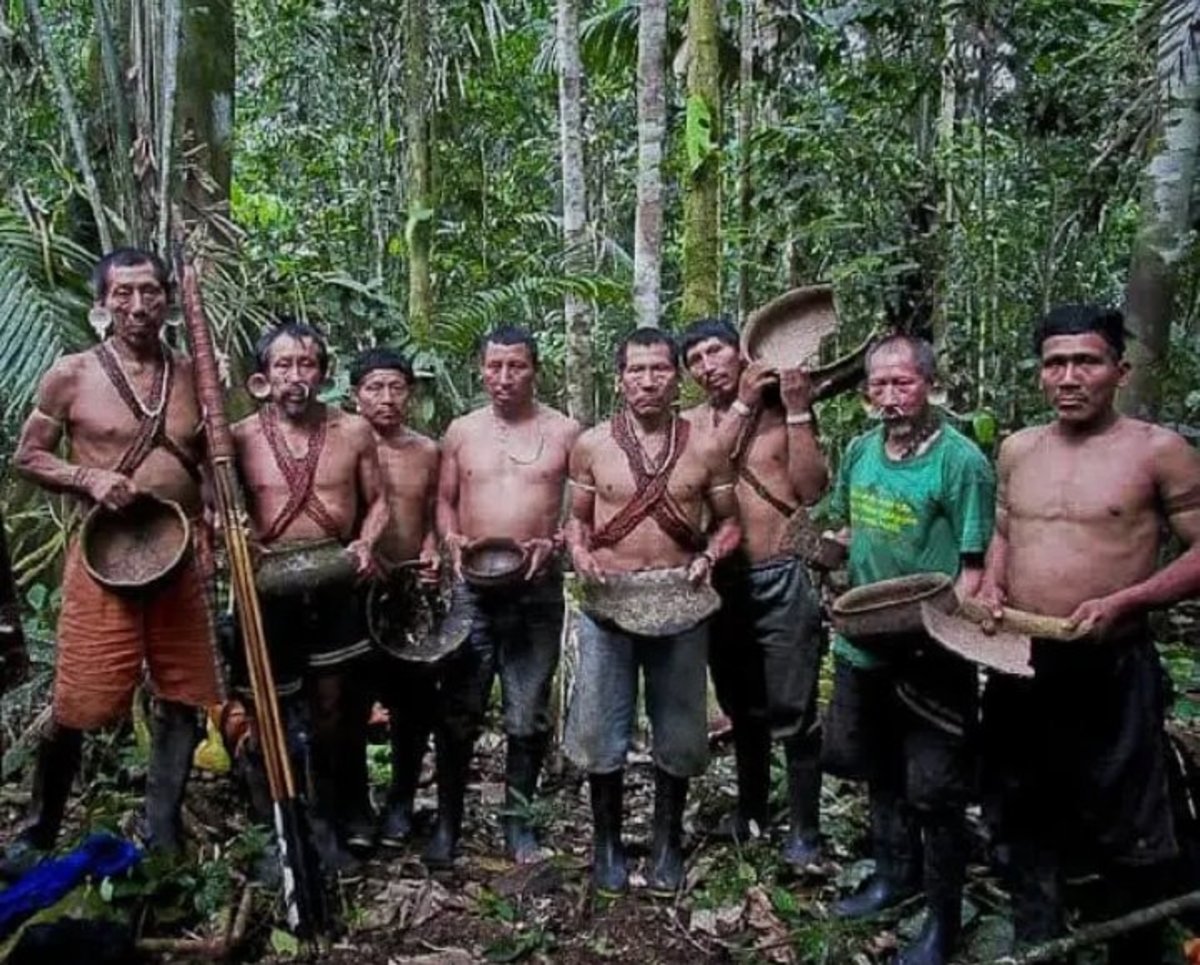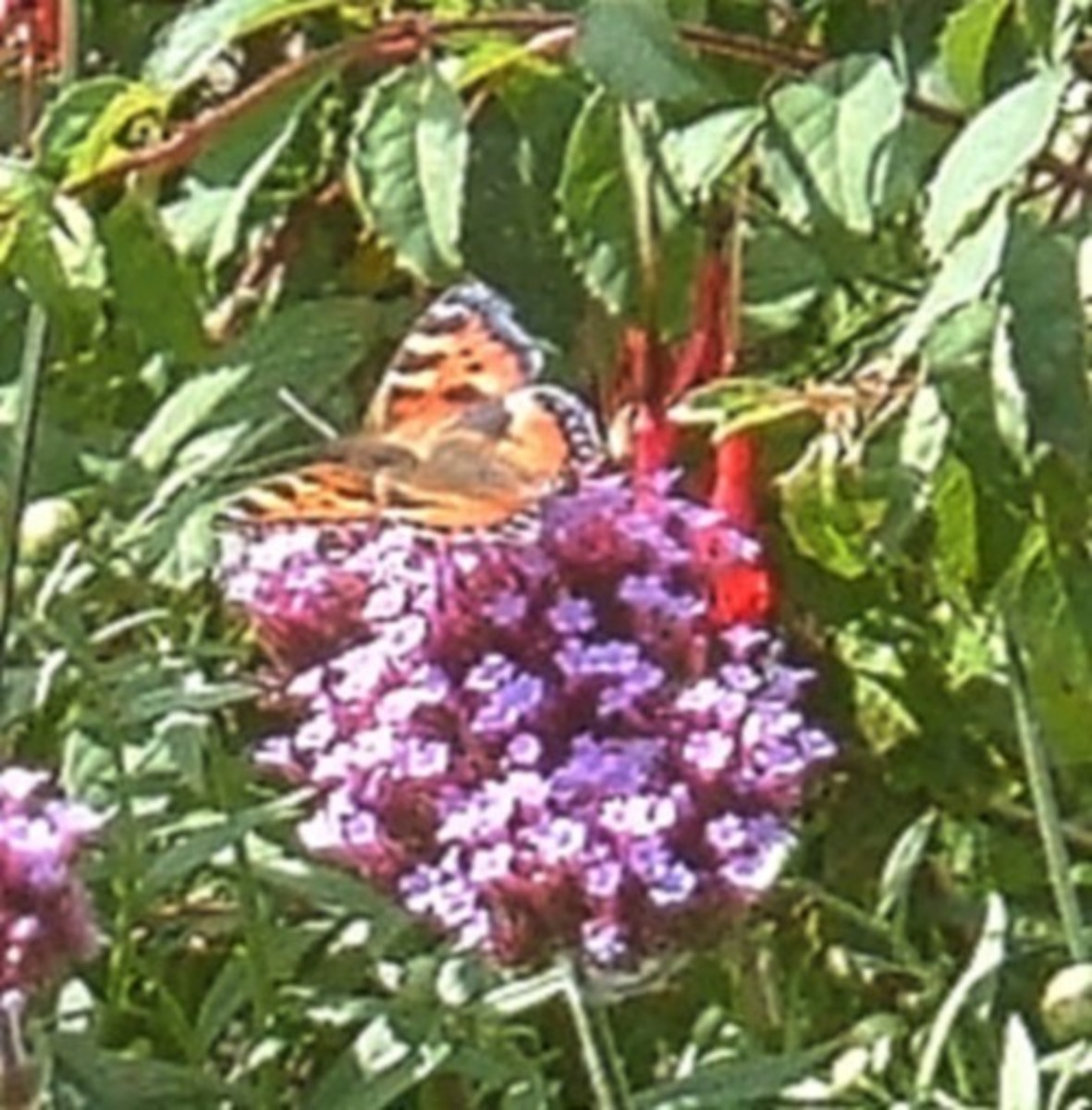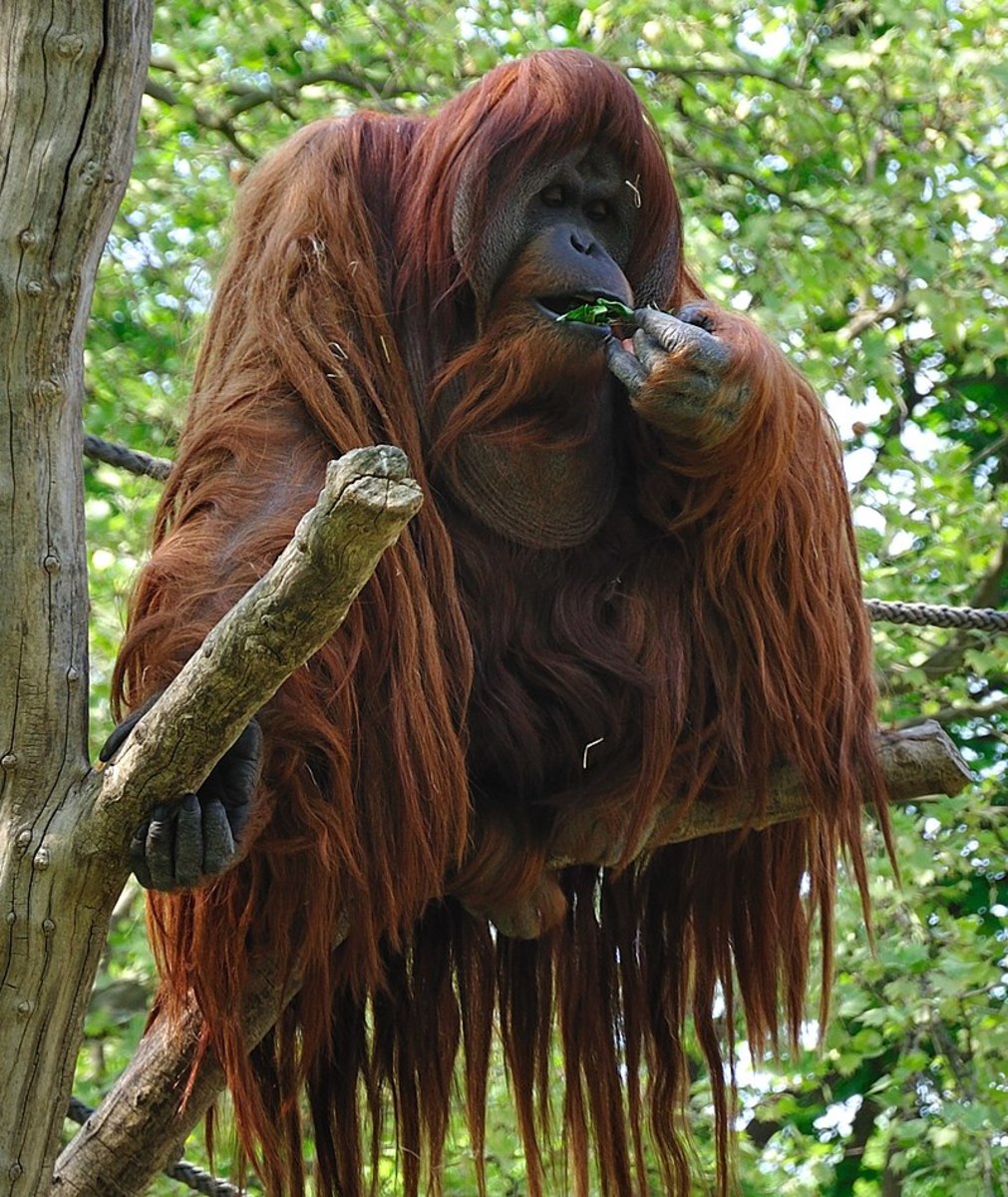Rape of the Last Primeval Ecosystem
First Nations of the Amazon
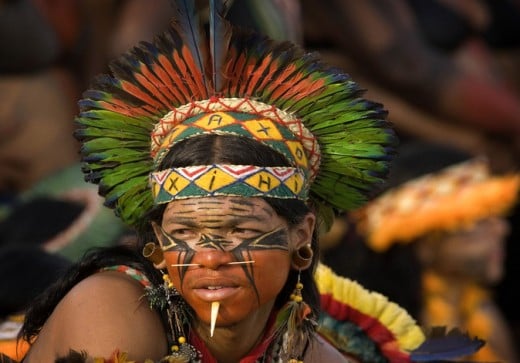
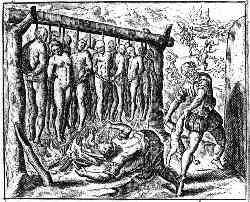
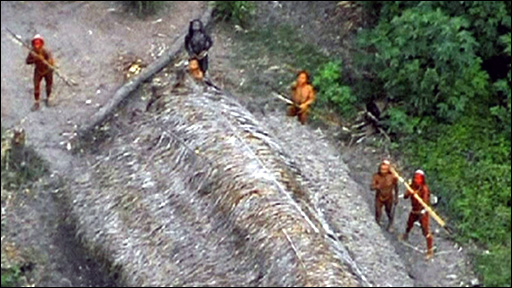
New Battleground of The Amazon First Nations
We have long heard of the destruction being waged in the Amazon rainforest for beef cattle growing space for the likes of fast food chains like Burger King, McDonald’s and Wendy's. We have heard of the desperation of the local poor farmers attempting to scratch a living off the land in slash and burn farming. There is also the planting of mono-culture crops, like eucalyptus, over vast stretches of the Amazon driving out almost all species in their wake. It is reported that the Amazon has experienced the worst drought in more than a century in 2005. It is reported that the primeval rain forest is being lost forever to the extent of the land area of France every year, leaving little time left as this has been going on for decades. When the thin, nutrient poor soils are exhausted in a few years, poor farmers simply move on and strip the next band of forest, repeating the cycle. The one thing that has been underplayed, is the horrific impact all of this is having on the Amazon First Nations, who are right now experiencing what all others in every other region has experienced over the last half millennium. Many have already lost the old way of hunting-gathering in the once steaming jungles and have landed in desperation. More are now being impacted in like fashion and only few have yet to be conquered in the mad rush for more cattle and eucalyptus growing space.
Human beings first reached the Americas via north of Asia across the Siberian-Alaskan land bridge, in the last glacial era when both continents were also linked by a frozen ocean. Facing the new land, not yet inhabited by any other human beings, the first comers quickly spread over the north and started to move down to Central and South America. In South America they split into cultures that moved into the mountains of the Andes to eventually become the Inca, into the Amazon rainforest and others to the south in the Atlantic Forest. The Andes and Amazon rainforest groups, although they developed different cultures, they were in touch with each other and traded.
The Amazon rainforest First Nations groups spread their cultures and languages in a wealthy societies that had millions of individuals among their diverse tribes by the time the first Europeans reached the continent and started colonizing. These societies shared rituals and had commerce with each other in a large social net that was disrupted with colonization. Among their achievements were the use of chemicals in arrow heads for felling pray, the use of a blow pipe for similar reasons and total adaptation to the rain forest environment. Europeans learned about the neurological paralysing curare from these First Nations and eventually put it to use in the theatre of war across the Atlantic. For centuries, the impact from Europe was low, because the invaders would often get lost and die in the jungles or from diseases for which they had no immunity, from local predators and starvation. In the dense Amazon rainforest the impact of colonization remained low until the second half of the 20th century when local and off-shore governments started a massive campaign of Amazon colonization for the purpose of the profitable exploitations named above. This is when the real rape of the Amazon commenced with drastic effects on the First Nations located therein. These campaigns, principally occurring in Brazil, were very effective. They built infrastructure creating roads, hydro dams, cities and giving benefits to settlers for migrating to this new developing region. First Nations were simply run over and forced to assimilate or live on the fringes of the new cities at the side of highways. This new development is where the problems for the Amazon basin and rainforest began, within the last 50 years out of a history of millions of years for the rainforest and tens of thousands of years for the First Nations. In the last half century alone, some 15% of the Amazon rainforest was deforested mostly by fire in slash and burn agriculture. It was in the 1970s that people started to become aware of the destruction of this ecosystem that the world depended on for mush of the atmospheric oxygen. However, the plight of the First Nations was all but ignored in the onslaught of crushing imperialist expansion until only recently.
At the time of European discovery in April 1500 before the conquests of Pizzaro, some of the First Nations were traditionally semi-nomadic tribes who subsisted on hunting, fishing, gathering, and migrant agriculture. When the Portuguese explorers shortly after Columbus' voyages first arrived, they found to their astonishment, a wide coastline rich in resources, teeming with hundreds of thousands of First Nations people living in a paradise of natural riches. The official scribe of Pedro Álvares Cabral, the commander of the discovery fleet, which landed in the present state of Bahia, wrote a letter to the King of Portugal describing in glowing terms the beauty of the newly found land. Many of the First Nations which existed in the 16th century died out as a consequence of the later European settlement, and many were assimilated into the Brazilian population in the following centuries. Most of this was along the coast and the mouth of the Amazon River. The interior took much longer to penetrate. After the settling began, the First Nations succumbed to disease as elsewhere in the western hemisphere. These diseases spread quickly along the trade routes deep into the interior.
New Untouched First Nation Discovered
The initial awe of first contact was to soon wear off as increased understanding meant they were viewed as savages and needed to be civilized. This was met with resistance by the people of the First Nations that rightly wanted to keep their time tested traditions and ways of life. The missionaries, first from Portugal and then from Spain were bent on converting these people to Christianity and assimilating them into the new world European development. All too often, this took the form of slavery.
The Amazon First Nations population was largely killed off by the Europeans by techniques applied elsewhere, which declined from a pre-Columbian high of millions to some 300,000 in 1997, grouped into about 200 nations. However, the number could be much higher if the assimilated populations are counted in all the Brazilian cities of today. A dated linguistic study found 188 living First Nations' languages with 155,000 speakers in total. On the 18th of January 2007, Fundação Nacional do Índio (FUNAI) reported that it had confirmed the presence of 67 different non-contacted tribes in Brazil. This is up from the 40 reported in 2005. With this addition Brazil has now surpassed New Guinea as the country having the largest number of non-contacted First Nations peoples. These non-contacted First Nations represent our current best hope of preserving their cultures intact. It would also be a living museum into the remote past where human beings could be studied in their natural context. This would have to be done with great care to avoid giving them diseases for which they have no immunity. There is no doubt that they could teach us some valuable lessons including how to live sustainably. These surviving peoples also represent one of humanities best hopes of survival should an unannounced apocalypse natural or man made causes the end of our civilization. Some would argue that they should be brought into the industrial world of the 21st century, but from what we have seen everywhere else, one; they would be unwilling captives, and two, they are usually unwelcome due to being conquered nations as the benefits usually go to the new arrivals.
Today, there are wide areas of protection allocated to national parks, ecological stations and biological reserves to protect biodiversity. There are also a number of indigenous reservations to preserve their cultures, but we know of reservations elsewhere that do not guarantee anything but poverty. Although these ideas are good in themselves, if you take a closer look you will see a lack of financial resources for policing to keep these areas really protected, fully equipped and with operational capacity to fight all the threats that are harming the Amazon rainforest and the First Nations located there today. Some non-profit organizations give aid and local government economic relief FINANCED by banks are attempting to solve this problem. With the recent discovery of one of the world's off-shore oil reserves, a new threat emerges, along with the oil found in the basin itself, which is being held ransom by Ecuador.
The Ecuadorian oil magnates want $3.6 billion from the world, or they begin drilling in the Amazon basin in their holdings for oil by 2012. They want a $100 million DEPOSIT by the end of 2011 or else. The Amazon basin sits on top of one of the largest oil reserves on the planet and there is a lot of interest as a result. We have seen how BP handles an oil spill in the Gulf of Mexico, how Shell dispenses both oil and justice in Nigeria and how Exxon allows drunken tanker captains to break up ships on the shoals off the cost of Alaska and northern BC. If big oil gets in the Amazon, we can expect to see more of the same and the destruction of both sensitive species along with indigenous First Nations bush peoples. The people will be forced off the land, forced to work in dangerous conditions at low pay, forced to eat poisoned food and drink poisoned water. A spill of the magnitude of the BP spill that poisoned the Gulf of Mexico and spread to the Atlantic, would be ruinous to the Amazon, which is already under the ravages of agribusiness and development despite poorly policed protected zones.
Another threat has recently arrived in the form of a malaria epidemic that is ravaging the First Nations along the border of Brazil and Venezuela. As of October 30th, 2010, there has been a 25 % die off due to mosquito-borne malaria among the Yanomami Indians, whose struggle for survival in a remote part of the Amazon rain forest has attracted worldwide support. There are many in the world who support their right to self determination in the way that they have successfully lived for thousands of years. Right now, the problems are reaching them with medical professionals to heal them, governments dragging their feet in doing anything, the secretive nature of these people and the fact that infected miners are digging for gold near their region. Some of the Yanomami have been taught to be health care workers, which is helping provided that they don't get SICK. Hugo Chavez for his part has attempted to help, but has removed American missionaries on the charge of spying. This may be a covert policy to allow the infection to so decimate the community that they will be forced to assimilate.




